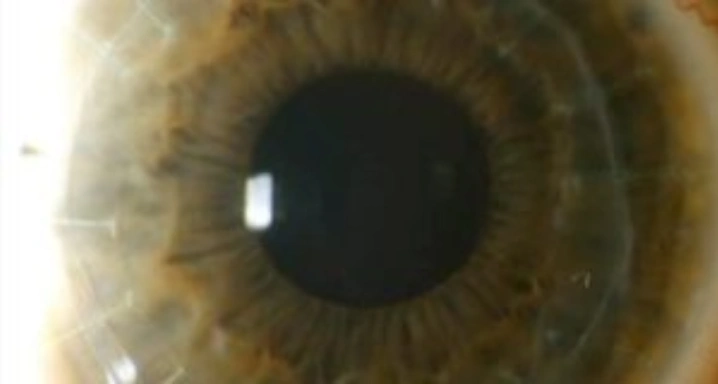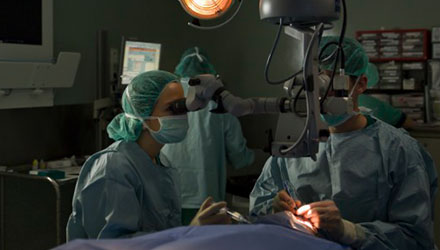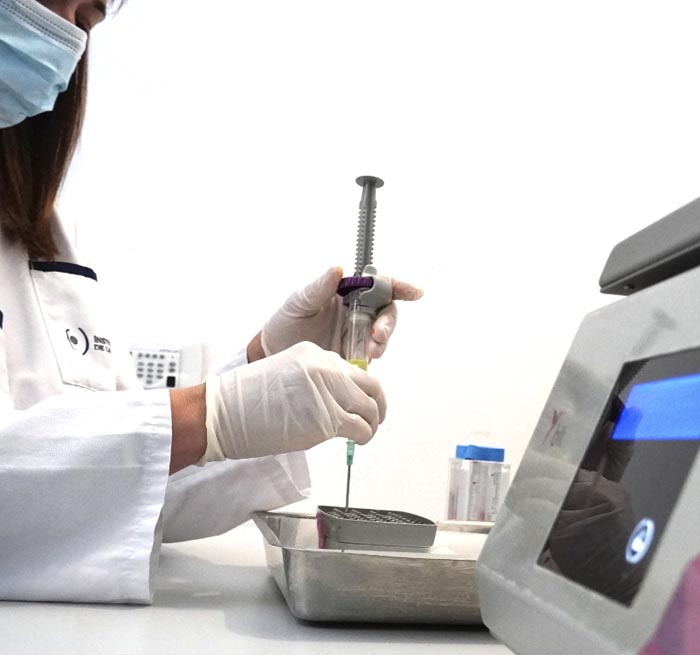In most dystrophies and corneal degenerations, changes in corneal transparency are detected, caused by the formation of deposits of abnormal materials. In some cases, when the cornea is more affected in terms of curvature and corneal thickness, ectasias such as keratoconus occur.
The incidence of these diseases is generally low, although there are exceptions, such as epithelial basement membrane dystrophy or guttata cornea (Fuchs’ dystrophy). Their impact is very variable: from going completely unnoticed to causing severe vision loss and, in some cases, requiring a corneal transplant.
FUCHS’ DYSTROPHY
The human cornea is the first lens of the ocular optical system. It is a tissue of about 550 microns, made up of five layers. The last layer of the cornea is the endothelium, formed by a single layer of hexagonal cells that have almost no capacity for regeneration. Endothelial cells are responsible for maintaining corneal transparency.
Fuchs’ dystrophy is one of the main diseases that affect the corneal endothelium.




